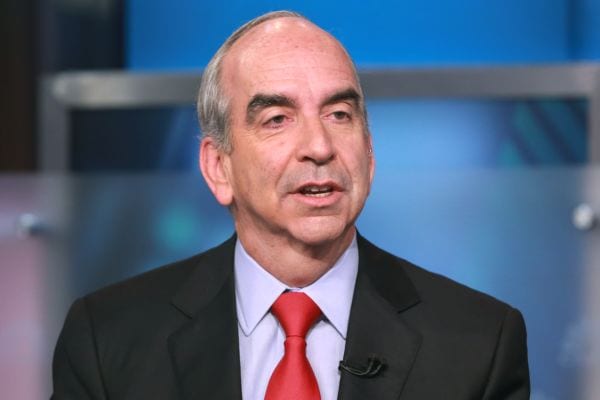The more than 4 billion oil-equivalent barrels discovered to date in the Stabroek Block offshore Guyana is uniquely advantaged by its scale, reservoir quality, cost, rapid cash paybacks and superior financial returns.
John Hess, Chief Executive Officer of Hess Corporation told investors in a June 25 earnings call that Guyana’s massive world-class resource is key to the company’s growth strategy. “As such, our first priority is to maintain a strong balance sheet and our investment grade credit rating in order to fund one of the most attractive oil investment opportunities in the world today,” he said, referencing the rapidly growing resources in the South American country where Hess has a 30% stake in the Stabroek Block.
“Earlier this week, we increased the estimate of gross discovered recoverable resources for the Stabroek Block to more than 4 billion barrels of oil equivalent, up 25% from the previous estimate of 3.2 million barrels of oil equivalent,” he reminded investors.
The increase follows completion of testing at the Liza-5 appraisal well, discoveries at Ranger and Pacora and the incorporation of results from the recent Longtail discovery into the Turbot area evaluation. The Liza Phase-1 development that was sanctioned last June is progressing rapidly with first production of gross 120,000 barrels of oil per day expected by early 2020. Phase 2 of the Liza development, which is targeted for sanction by the end of this year, will use a second FPSO with gross production capacity of approximately 220,000 barrels of oil per day and start-up for Phase 2 is expected by mid-2022.
The Liza-5 well successfully tested the northern portion of the Liza field along with the giant Payara field. This will support a third phase of development in Guyana. Planning is underway for this third phase, which is targeted to be sanctioned in 2019 and will use an FPSO vessel designed to produce approximately 180,000 barrels of oil per day with first production as early as 2023.
The Longtail discovery established the Turbot Longtail area as a potential development hub for recovery of more than 500 million barrels of oil equivalent. Additional prospects to be drilled in this area could increase this estimate. The total discovery discoveries on the Stabroek Block to date have established the potential for up to five FPSOs producing over 750,000 barrels of oil per day by 2025. There is potential for additional development phases from significant undrilled targets and plans for rapid exploration and appraisal drilling, including at the Ranger discovery. “We continue to see multi-billion barrels of additional exploration potential on the Stabroek Block,” Hess said.
“In April, we extended our acreage position in the prolific Guyana-Suriname Basin by acquiring a 15% participating interest in the Kaieteur Block which is adjacent to the Stabroek Block. The Kaieteur Block is approximately 3.3 million acres or roughly the size of 580 deepwater blocks in the Gulf of Mexico. Also, key to our strategy is the Bakken, where we have a premier position and a robust inventory of high return drilling locations,” Hess added.
ExxonMobil is operator and holds 45% interest in the Stabroek Block while CNOOC Nexen Petroleum Guyana Limited holds 25% interest.




